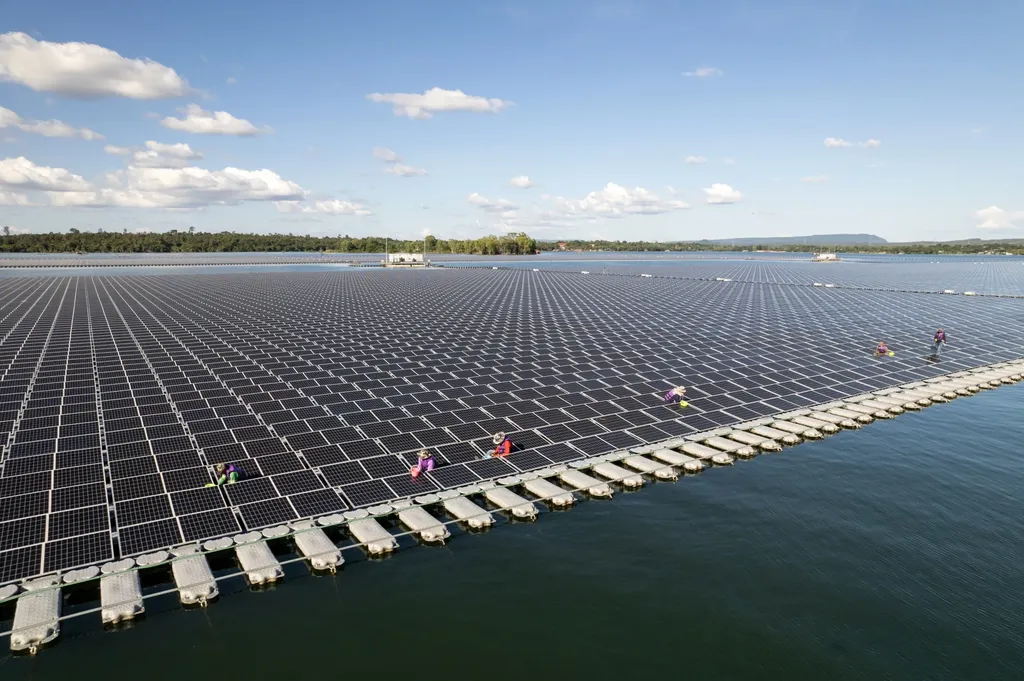In the heart of Chonburi Province, Thailand, a silent battle is being waged against an invisible foe: seawater intrusion. This natural phenomenon, exacerbated by excessive water abstraction, threatens the lifeblood of local agriculture—water quality and availability. But a new study, published in *Desalination and Water Treatment*, offers a beacon of hope with a solar-powered, real-time water quality monitoring and control system designed to safeguard precious water resources.
The system, developed by Pongsakon Pimpanit from the Department of Environmental Engineering at Kasetsart University, Bangkok, Thailand, and his team, is a testament to the power of innovation in addressing pressing environmental challenges. By integrating multi-parameter sensors for dissolved oxygen (DO), salinity, temperature, and pH, the system provides continuous, real-time data that drives automated decision-making.
“Our goal was to create a cost-effective, sustainable solution that could adapt to the dynamic conditions of brackish canals,” Pimpanit explained. The system’s solar-powered design ensures uninterrupted operation, even in remote locations, while its wireless data transmission capabilities enable real-time monitoring and control.
The field deployment at the Sukreep Canal demonstrated the system’s effectiveness. Over a 30-day period, the sensors maintained high accuracy, the solar-powered battery reached full charge within four hours, and data transmission remained stable. Most importantly, the control algorithm successfully halted pumping when salinity exceeded 30 ppt, resuming once conditions normalized. Other parameters—temperature, pH, and DO—remained within acceptable agricultural limits.
The implications for the agriculture sector are significant. Seawater intrusion can degrade soil quality and reduce crop yields, leading to substantial economic losses. By providing real-time water quality data and automated control, this system enables farmers to make informed decisions, optimize water usage, and protect their crops from the damaging effects of salinity.
Moreover, the system’s modular design and adaptability make it a versatile tool for water management in various environments. As Pimpanit noted, “This technology can be easily scaled up or down to suit different needs and locations. It’s a flexible solution that can be tailored to specific requirements.”
Looking ahead, this research could shape future developments in water quality monitoring and control. The integration of real-time data with automated decision-making processes opens up new possibilities for adaptive management in agriculture and other water-intensive industries. Furthermore, the use of renewable energy sources like solar power underscores the importance of sustainability in modern water management practices.
As the world grapples with the challenges of climate change and water scarcity, innovative solutions like this one will be crucial in ensuring the sustainable use of our most precious resource. By providing a cost-effective, sustainable approach to water quality monitoring and control, this system offers a glimpse into the future of adaptive management in brackish environments.

